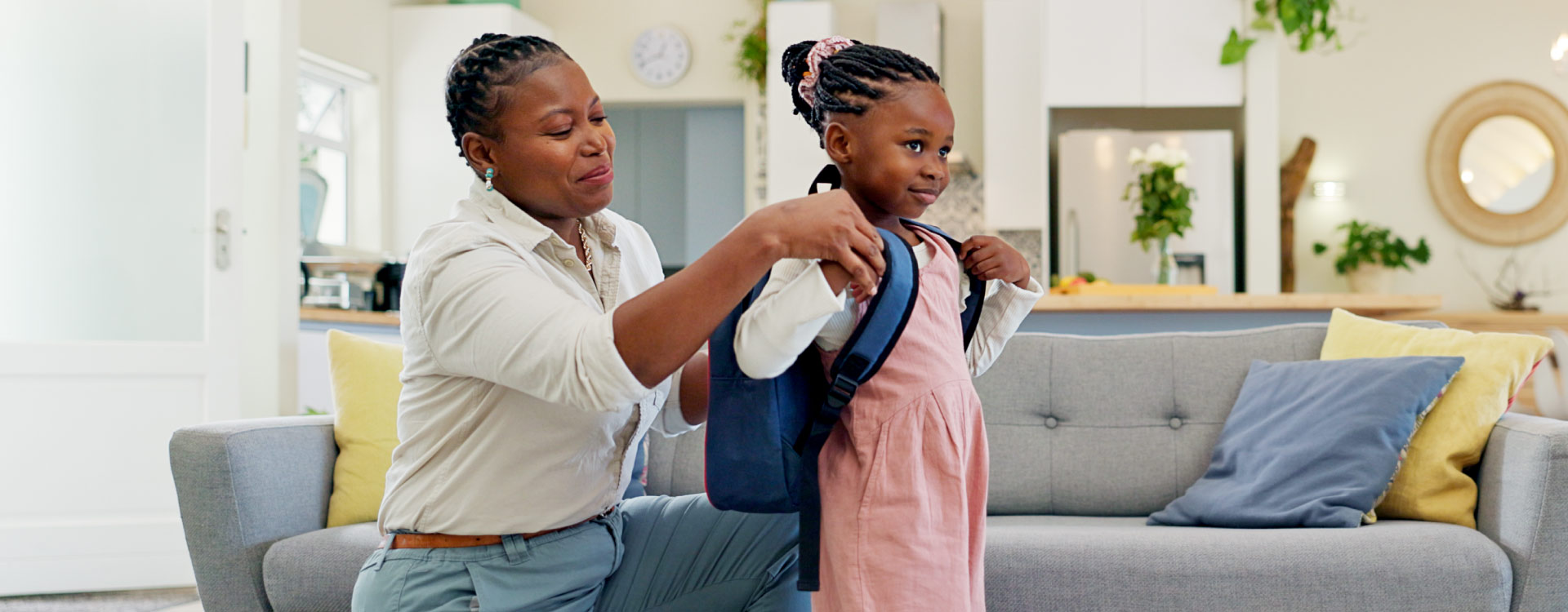We all know that exercise is an essential component of good health, but is it ever too late to start exercising?
The short answer is no. Research shows that older adults who begin to exercise regularly live longer than their couch potato peers. While it’s possible to start exercising at any age, there are a few important caveats to consider before you begin your workout routine.
What To Do Before Starting an Exercise Program
Your lifestyle, environment, and any health conditions will determine the types of workouts that are safe for you. Before you begin building that muscle mass to should do the following:
Consult with your health care provider: They can assess your physical condition and determine if it is safe for you to work out. The same provider can also help you determine what type of exercise routine you should follow.
Find a safe place to exercise: If you have trouble with balance and your neighborhood has steep hills, gravel roads, or uneven pavement, you may need to find more level ground to walk on, such as the track of a nearby high school or a treadmill at your local gym.
Choose the right workout for your needs: If you have arthritis, diabetic neuropathy, or osteoporosis, it may be unsafe for you to do high-impact exercises, like running or jumping rope. If this is the case, low-impact physical activity may be the better option. Thankfully, there are many low-impact ways to exercise, such as tai chi, yoga, Pilates, indoor cycling, swimming, water aerobics, SilverSneakers classes, as well as good old-fashioned walking.
Consult with a fitness professional: A certified personal trainer, exercise physiologist, or physical therapist can help determine your fitness level, abilities, and limitations. Importantly, they can also show you how to exercise correctly. As all regular exercisers know, you need to have the proper form and balance when engaging in physical activity. If you plan on attending a class, talk to the instructor before you begin, as they will offer feedback on the correct way to work out.
Start slowly: Many newbies become injured because they try to do too much too soon. It’s best to take it slowly. Lift lighter weights than you think you can handle or start with a 10-minute walk; you can always increase the size of your weights and the length of your walks as your fitness levels improve. Getting some exercise is always better than none. Remember: you’re lapping everyone sitting on their couch.
Use the right gear. Supportive shoes and comfortable clothing are essential. Depending on your activity, you may also require such items as walking poles, reflective clothing, free weights, an exercise mat, or a resistance band.
How Much Exercise Do You Need?
The Centers for Disease Control and Prevention (CDC) recommends that healthy adults without chronic health conditions do at least 150 minutes of moderate-intensity aerobic activity each week. Aerobic exercise is defined as anything that increases your heart rate.
The CDC also recommends a minimum of two muscle-strengthening activities that work all major muscle groups (your upper body, your lower body, and your core) each week.
Exercise Is Important at Any Age
Regular physical activity can reduce the risk of a host of health issues: back pain, muscle stiffness, high blood pressure, osteoporosis, depression, heart disease, diabetes and more. It also allows you to perform your daily activities, helps you stay independent longer, boosts your mood and energy, reduces stress and fatigue, and helps you enjoy a better quality of life.
There are many benefits to exercise. As long as you have the go ahead from your healthcare provider, and choose the right type of workout regimen for your abilities, you can start exercising at any age.
To find a provider near you, visit pardeehospital.org.





